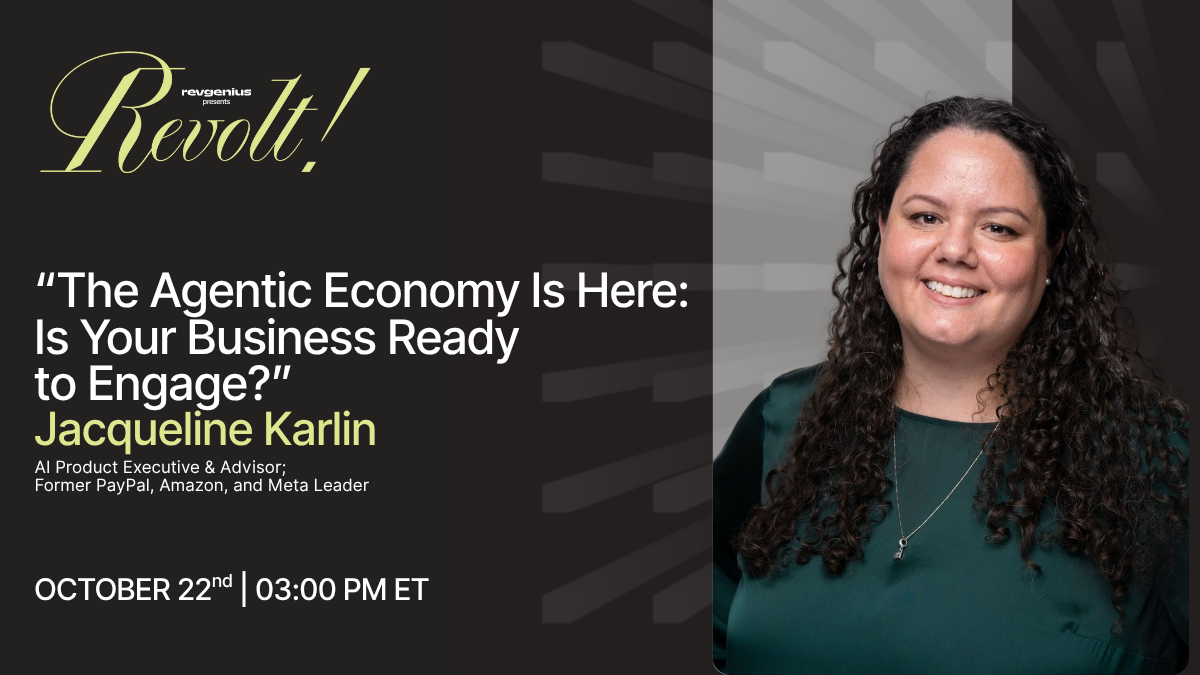Where Culture, Community, and Creation Collide
We are a community of 50k revenue creators, rewriting the playbook and shaping the future.

50k Members from the fastest-growing tech companies around the world









The Rise of the Revenue Creator
We stand at the precipice of something new. Something disruptive. Something that will change the very fabric of how revenue is created.
For too long, mediocrity has been allowed to reign. It’s the silent villain that’s held back progress—slowly infiltrating playbooks, clouding creativity, and causing even the most forward-thinking leaders to be outpaced by the changing tide of innovation. In the age of AI, where everything moves faster and smarter, mediocrity no longer has a place.
The systems we once relied on are being disrupted. The outdated, cookie-cutter methods no longer keep pace with the rapid evolution of technology, the redefinition of roles, and the constant demand for new solutions. Mediocrity clings to the past while the future accelerates, leaving those who refuse to adapt behind.
At RevGenius, we’re not about following. We’re about leading. We’re about rewriting the playbook.
Upcoming Events
RevGenius events aren’t just gatherings—they’re where bold ideas collide and innovation happens. Join us to break the mold, challenge the status quo, and redefine the future of revenue.
How to get involved
Slack Cohorts
Join the RevGenius Slack community where the best revenue creators collaborate, disrupt, and build the future of revenue, all in real-time.
Partnerships
At RevGenius, we don’t just partner—we transform the way revenue teams scale by bringing the best minds and tools together for true innovation.
Demo Day
Our Monthly Demo Day isn’t just another pitch session—it’s where real creators showcase their breakthroughs, challenge the status quo, and shape the future of revenue.
Lightning Strikes & Drum Beats
You’re here to change the game—not play by the old rules. Whether you want a Lightning Strike to build your movement quickly or a drum beat to continuously build it throughout the year, we will come up with a unique plan to place you in front of your ICP to challenge the norm and reimagine a new future with you at the center. RevGenius is your launch platform.
Join 50k forward- thinking Revenue Creators


.png)

.png)